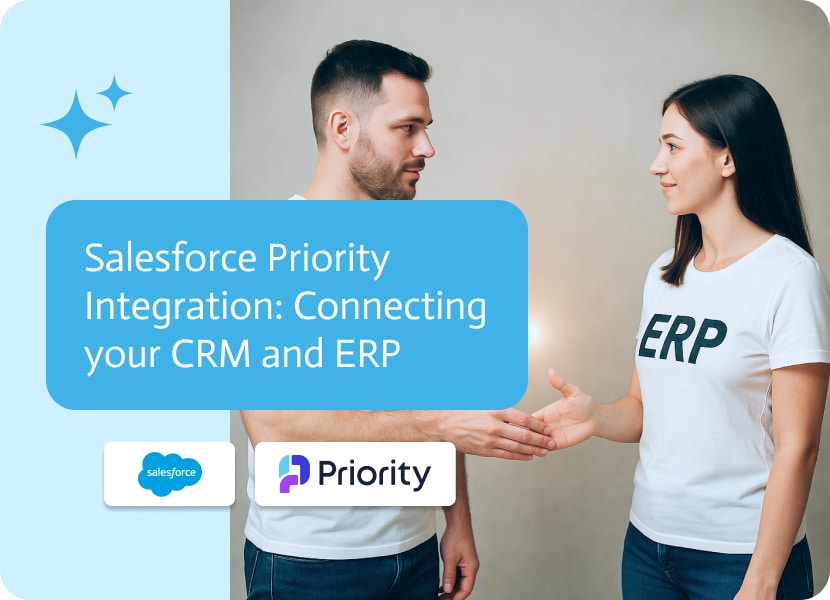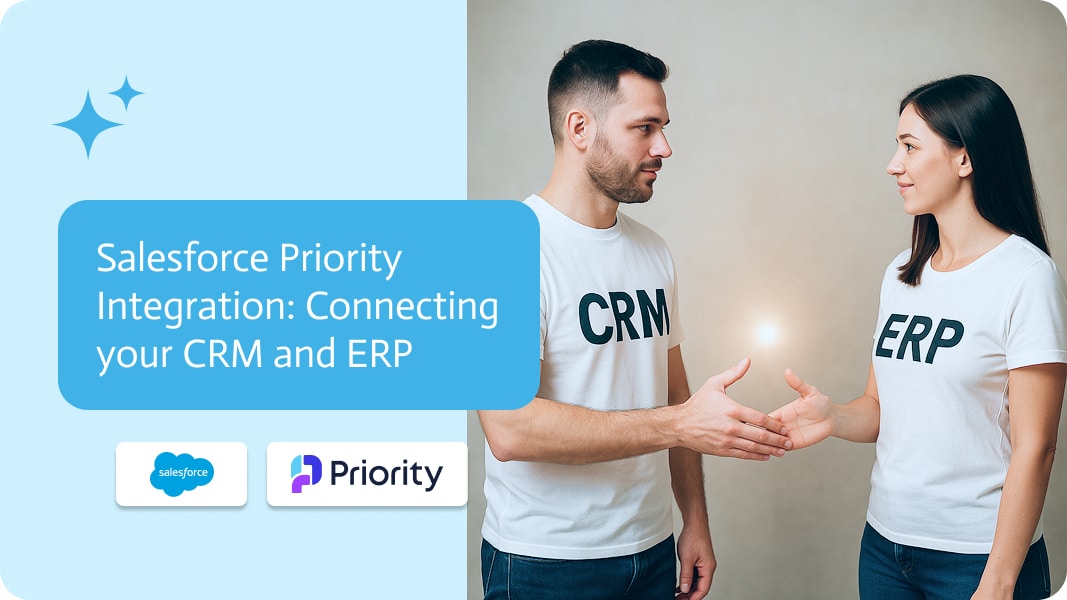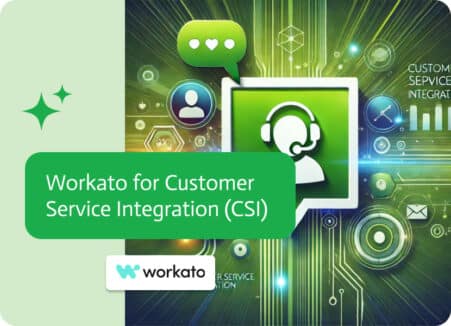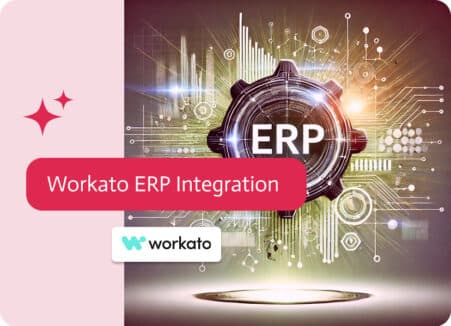

Salesforce Priority Integration: Connecting your CRM and ERP
Salesforce Priority Integration refers to the seamless connection between Salesforce, the leading Customer Relationship Management (CRM) platform, and Priority, a robust, cloud-based Enterprise Resource Planning (ERP) system. This integration bridges the gap between customer-facing operations and back-office financial and operational processes—enabling real-time data synchronization, process automation, and deeper business insights.
For organizations that rely on both systems, integrating Salesforce and Priority eliminates manual data entry, reduces errors, and empowers teams with a single source of truth across sales, finance, operations, and customer service. From lead to cash, every step is automated and aligned—resulting in faster cycle times, more accurate reporting, and better customer experiences.
Why Salesforce Priority Integration Matters
In today’s fast-paced business environment, disconnected CRM and ERP systems create inefficiencies, duplicate work, and data silos that limit growth. Without integration, sales and finance teams often work in isolation, leading to missed revenue opportunities and delays in decision-making.
With Salesforce Priority Integration, companies unlock the full potential of their customer and financial data. Sales teams gain visibility into inventory, pricing, and credit limits, while finance teams can track pipeline activity and forecast revenue with confidence. This synergy enables faster order fulfillment, accurate billing, and proactive customer engagement.
Key Benefits of Salesforce Priority Integration
1. Real-Time Data Sync Between Sales and Operations
Sales reps can close deals in Salesforce and have the corresponding sales orders automatically created in Priority. Customer data, product details, invoice statuses, and shipping information are kept in sync across platforms—ensuring everyone works from the latest information.
2. Automated Lead-to-Cash Workflows
From the first interaction to final payment, the integration streamlines the entire lead-to-cash process. Once a quote is accepted in Salesforce, an order is pushed to Priority for processing, invoicing, and fulfillment—all without human intervention.
This reduces operational overhead, shortens the sales cycle, and frees up your team to focus on building relationships, not chasing paperwork.
3. 360° Customer View
The integration creates a unified customer profile by combining CRM and ERP data. Sales, support, and finance teams can access everything from order history and payment status to support tickets and credit balances—all in one place.
This holistic view enables upselling, proactive service, and better strategic planning across departments.
4. Better Forecasting and Financial Control
With Salesforce pipeline data available in Priority and actual revenue data visible in Salesforce, finance and executive teams can produce more accurate forecasts, cash flow plans, and business performance reports.
Budgeting, pricing, and resource allocation become more precise—driven by real-time, integrated data.
Common Integration Challenges (and How to Solve Them)
1. Field Mapping & Data Consistency
Salesforce and Priority use different field structures and data models, which can create mismatches.
Solution: Platforms like Noca AI offer smart field mapping, schema matching, and transformation tools to ensure consistency and avoid duplication.
2. Security & Compliance
Integrating customer and financial data across systems increases the risk profile.
Solution: Use secure integration platforms with role-based access controls, encryption, and compliance monitoring (e.g., GDPR, SOC2).
3. User Adoption & Change Management
Even the best integrations fail without buy-in.
Solution: Provide clear documentation, team-specific training, and in-app guidance to ensure users understand and embrace the integrated workflow.
Final Thoughts
Salesforce Priority Integration turns two powerful systems into one streamlined engine for growth. Whether you’re managing complex supply chains or high-volume B2B sales, this integration helps unify your teams, sharpen your processes, and deliver better customer outcomes—all while reducing manual work and costly delays.
Platforms like Noca AI make it easier than ever to implement and scale this integration with AI-powered workflows, intuitive mapping, and enterprise-grade reliability.
Q&A: Frequently Asked Questions
Q1: What is Salesforce Priority Integration?
It’s the process of connecting Salesforce with Priority ERP to enable real-time data synchronization, process automation, and shared insights between sales and back-office teams.
Q2: How does it improve operations?
It eliminates manual data transfer, reduces errors, speeds up order processing, and provides unified access to customer, sales, and financial data.
Q3: What’s the best way to implement it?
An iPaaS platform like Noca AI offers the easiest path for most companies, with visual tools, pre-built templates, and scalability for future use cases.
Q4: Can the integration be customized?
Yes—advanced implementations can support custom fields, logic, and objects across both platforms to meet unique business requirements.
Q5: Who benefits most from this integration?
Sales teams gain real-time product and customer insights, finance gains clean, timely billing data, and operations get faster, error-free order fulfillment.

